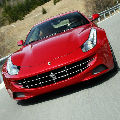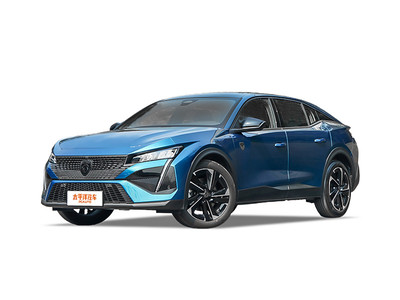What is the difference between summer and winter tires?
Summer and winter tires have several key differences.
Firstly, in terms of tire maintenance and potential risks, winter tires may have issues like increased risk of tire blowout and longer braking distance if not maintained properly in cold temperatures. They also wear out faster. Summer tires need timely replacement or inspection to ensure safe driving.
Secondly, the tread patterns differ. Winter tires have deeper and wider grooves for better grip on icy and snowy roads but wear quickly. Summer tires add special rubber materials in the rubber layer to form friction at certain temperatures and are more wear-resistant.
Thirdly, the rubber and cord of summer tires can be damaged in winter. They have good grip and wear resistance but unstable performance at low temperatures. Winter tire treads harden. The comfort, handling, and safety performance vary, with summer tires being better in some aspects.
Fourthly, under current standards in our country, above 8 degrees Celsius, summer tires' rubber hardens less and wears slower. Below 0 degrees Celsius, winter tires perform better but the main difference lies in the tread. Summer tires have multiple tread blocks for increased friction but can be pierced when cracked and aren't suitable for winter. Winter tires, designed for icy and snowy conditions, offer better braking and handling with a lower maximum speed for safety.
Fifthly, the main distinctions are in the tread pattern design and rubber formula. Summer tires are designed for normal temperature and dry roads, while winter tires for low temperatures and icy roads. Winter tires use special softer materials and deeper and wider tread grooves for grip and traction.
Finally, winter tires are softer and wear faster. It's recommended to switch to summer or all-season tires except in winter snowy weather. Common tires include all-season, summer, and winter, with differences in materials and tread patterns, and varying effects. Summer tires have a hard sidewall for better handling but less comfort. Winter tires' special formula creates greater friction, improving vehicle mobility and safety on ice. Remember to replace winter tires when the tread depth is less than half as performance drops.








